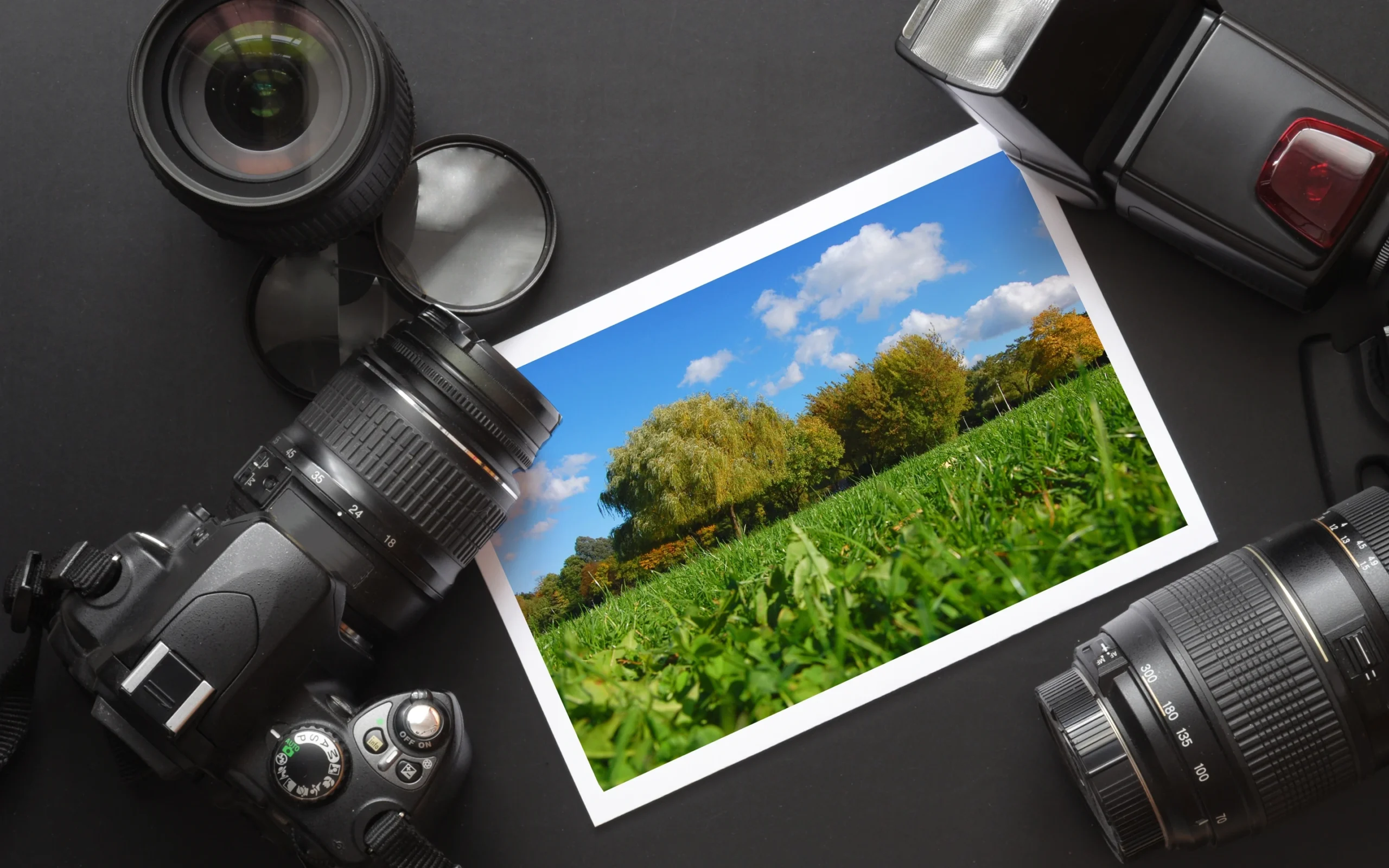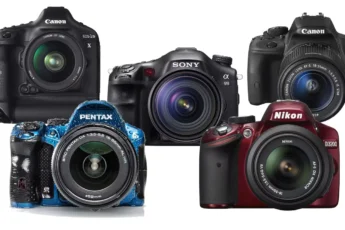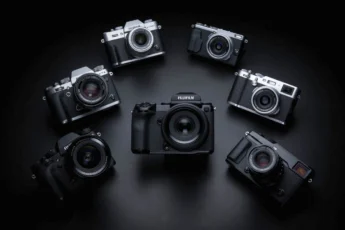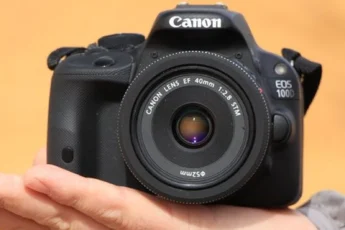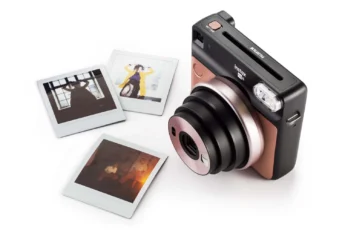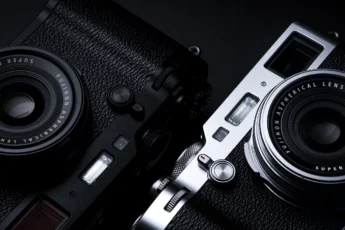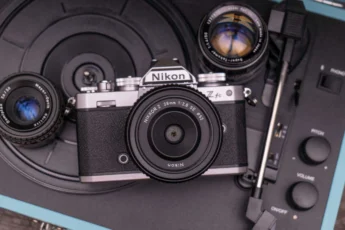Landscape photography is a captivating genre that allows photographers to showcase the breathtaking beauty of the natural world. From sweeping vistas to intricate details, capturing stunning landscape shots requires a combination of skill, creativity, and the right equipment. One of the most crucial decisions for any landscape photographer is choosing the best camera for the job. In this comprehensive guide, we’ll explore the top cameras for landscape photography in 2024, delving into their features, benefits, and settings to help you make an informed decision.
- Importance of Choosing the Right Camera
- Top Picks for Best Cameras for Landscape Photography (2024)
- Sony A7R IV
- Nikon Z7 II
- Nikon D850
- Canon EOS R5
- Fujifilm GFX 50S II
- Canon 5D Mark IV
- Canon EOS 90D
- Detailed Analysis of the No. 1 Camera for Landscape Photography
- Sony A7R IV Features and Benefits
- Comparison with Other Top Cameras
- Best Camera Settings for Landscape Photography
- Manual Mode
- Aperture Setting
- ISO Levels
- White Balance
- Image Format
- Conclusion
Importance of Choosing the Right Camera
Selecting the ideal camera for landscape photography is essential to ensure that you can capture the essence of the scene before you. Landscape photography presents unique challenges, such as capturing vast expanses, intricate details, and dynamic lighting conditions.
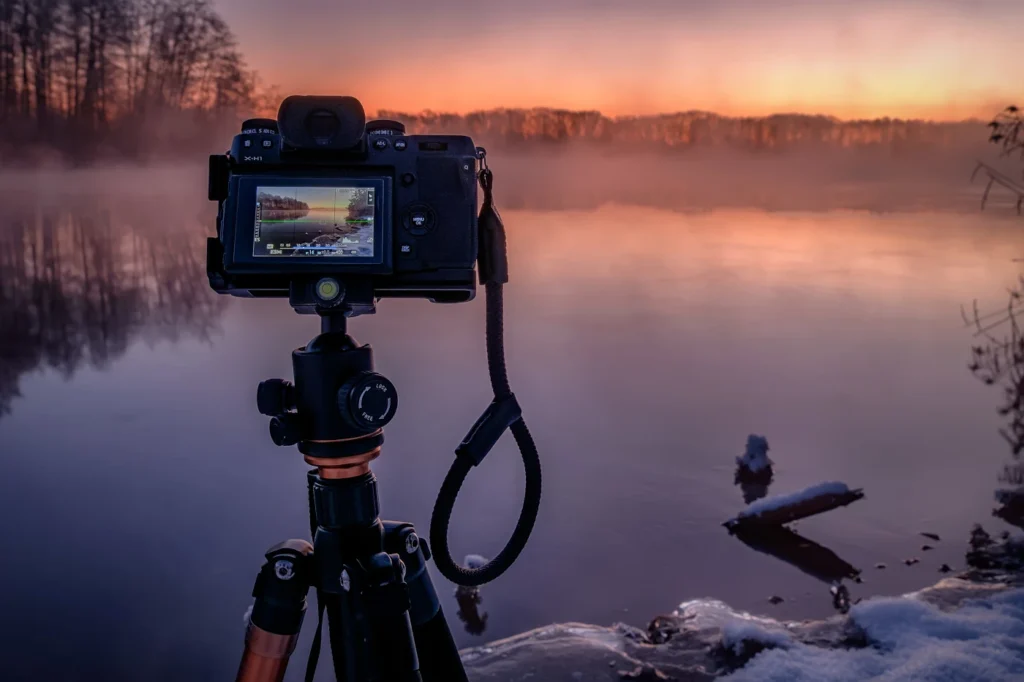
The right camera should have a high-resolution sensor to capture sharp details, excellent dynamic range to handle high-contrast scenes, and weather-sealing capabilities to withstand the elements. Additionally, factors like autofocus performance, low-light capabilities, and ergonomics play a significant role in determining the best camera for your needs.
Top Picks for Best Cameras for Landscape Photography (2024)
After extensive research and testing, we’ve compiled a list of the top cameras for landscape photography in 2024. These cameras have been selected based on their exceptional image quality, robust features, and suitability for capturing stunning landscapes.
Sony A7R IV
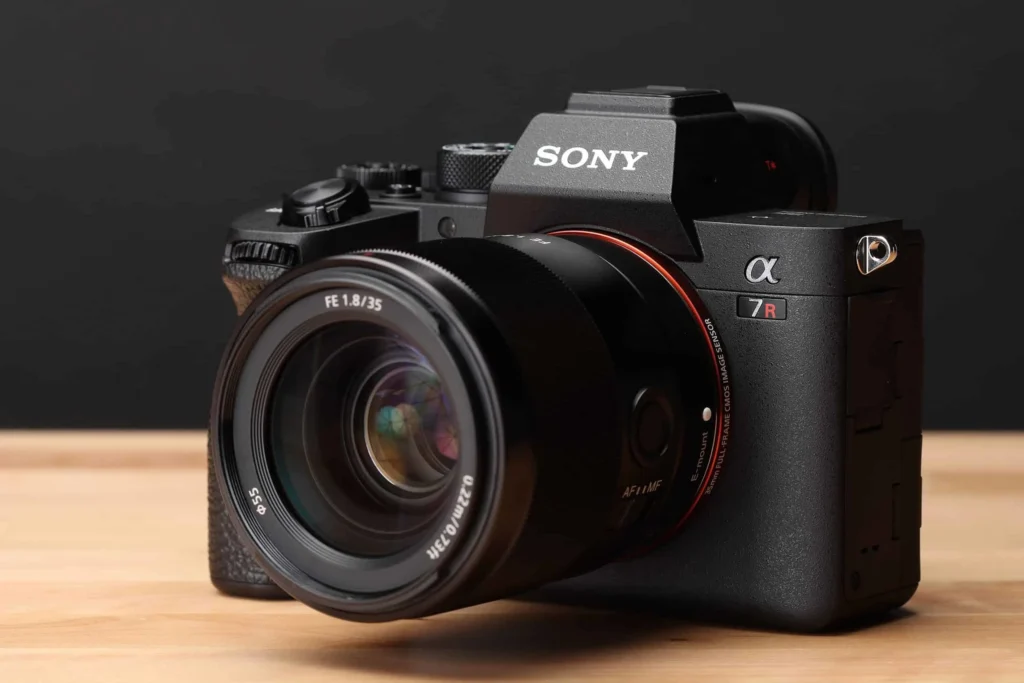
The Sony A7R IV is a powerhouse camera that boasts a massive 61-megapixel full-frame sensor, delivering unparalleled detail and clarity in landscape shots. With its impressive dynamic range and low-light performance, this camera excels in capturing the nuances of landscapes in various lighting conditions. The A7R IV also features advanced autofocus capabilities, 5-axis in-body image stabilization, and weather-sealing, making it an ideal choice for outdoor photography.
Nikon Z7 II
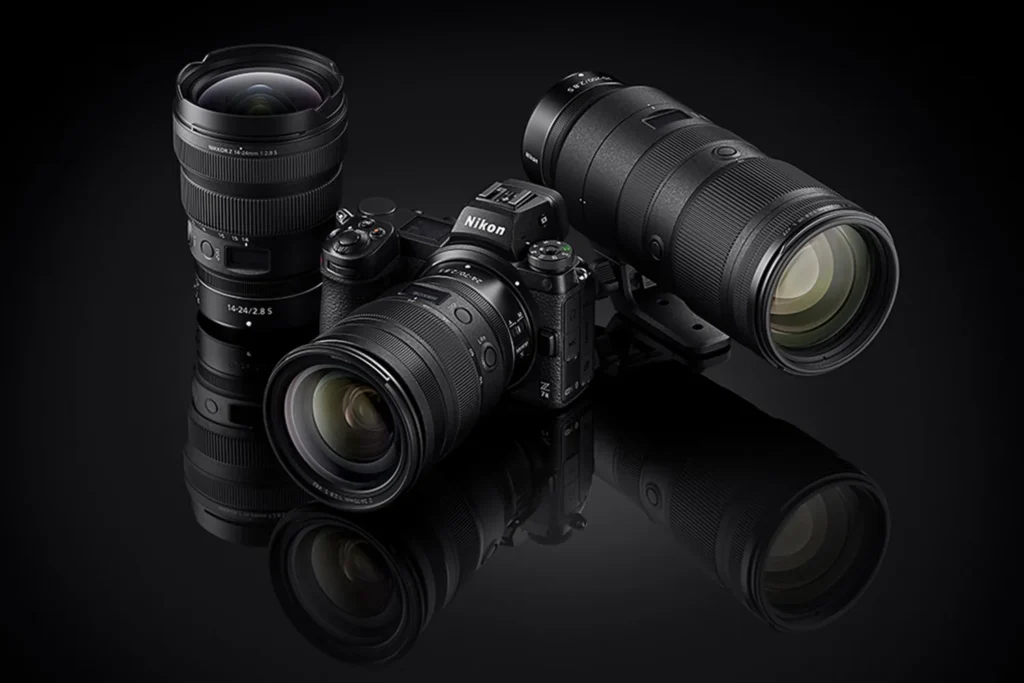
Nikon’s Z7 II is another top contender for landscape photography, offering a high-resolution 45.7-megapixel full-frame sensor and excellent image quality. The camera’s robust weather-sealing, ergonomic design, and advanced features like focus shift shooting make it a favorite among landscape photographers. The Z7 II also boasts impressive autofocus performance and compatibility with Nikon’s extensive range of Z-mount lenses.
Nikon D850
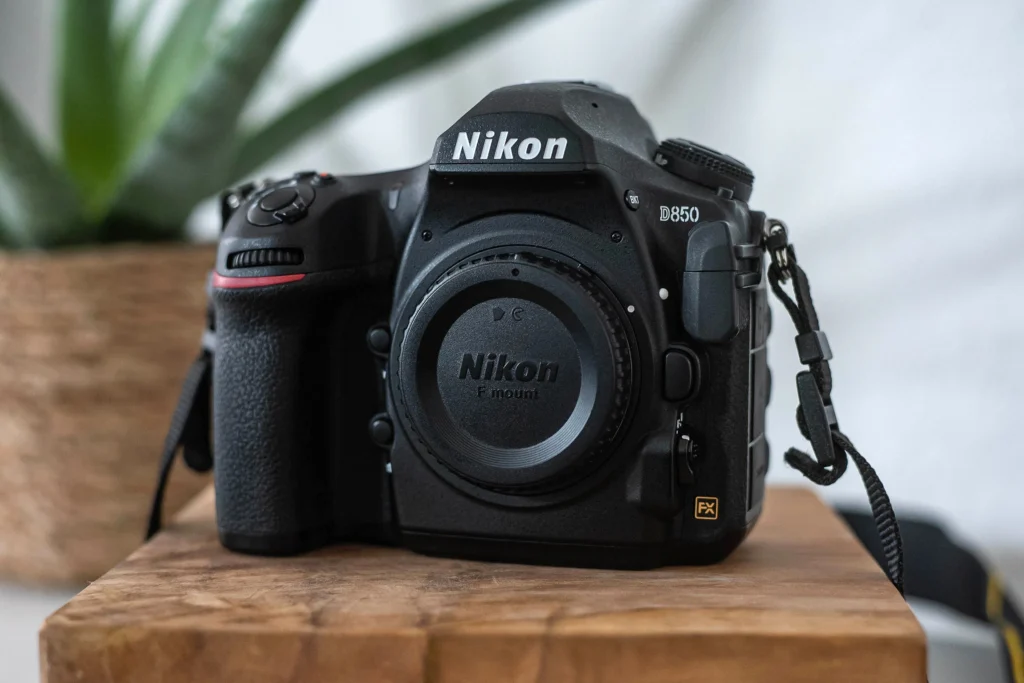
For those who prefer a DSLR, the Nikon D850 is a tried-and-true option for landscape photography. With its 45.7-megapixel full-frame sensor, exceptional dynamic range, and weather-sealed body, the D850 delivers stunning image quality in a rugged package. The camera’s advanced autofocus system, tilting touchscreen LCD, and compatibility with a wide range of Nikon F-mount lenses make it a versatile choice for landscape photographers.
Canon EOS R5
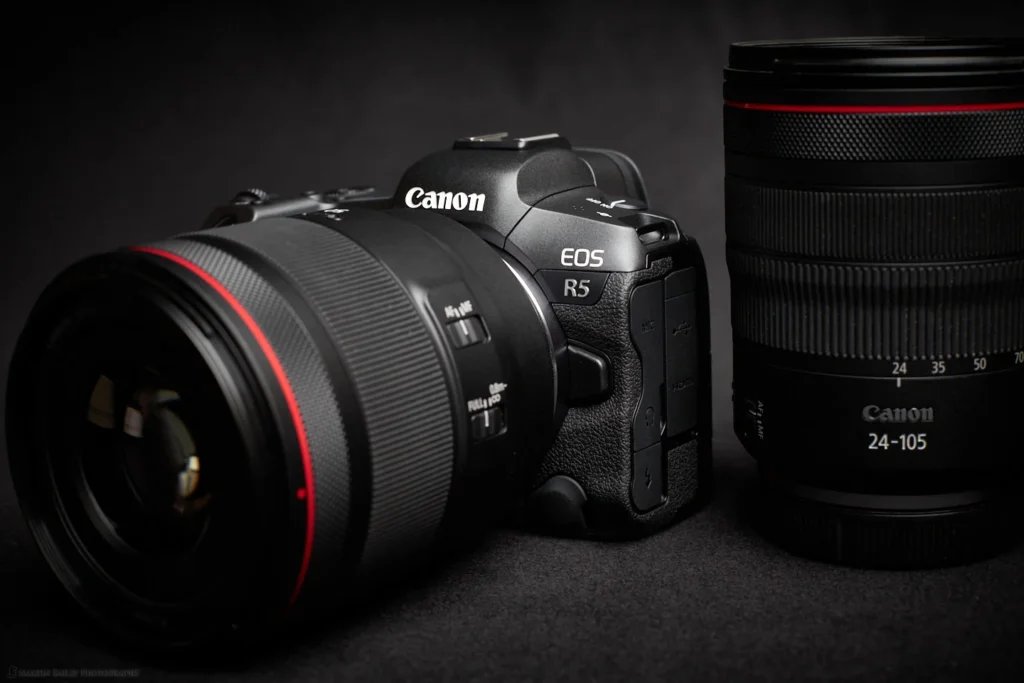
Canon’s EOS R5 is a highly capable mirrorless camera that combines high resolution with advanced features. Boasting a 45-megapixel full-frame sensor, the R5 delivers exceptional image quality and dynamic range. The camera’s advanced autofocus system, in-body image stabilization, and weather-sealing make it well-suited for landscape photography. Additionally, the R5’s ability to shoot 8K video opens up creative possibilities for capturing stunning landscape footage.
Fujifilm GFX 50S II
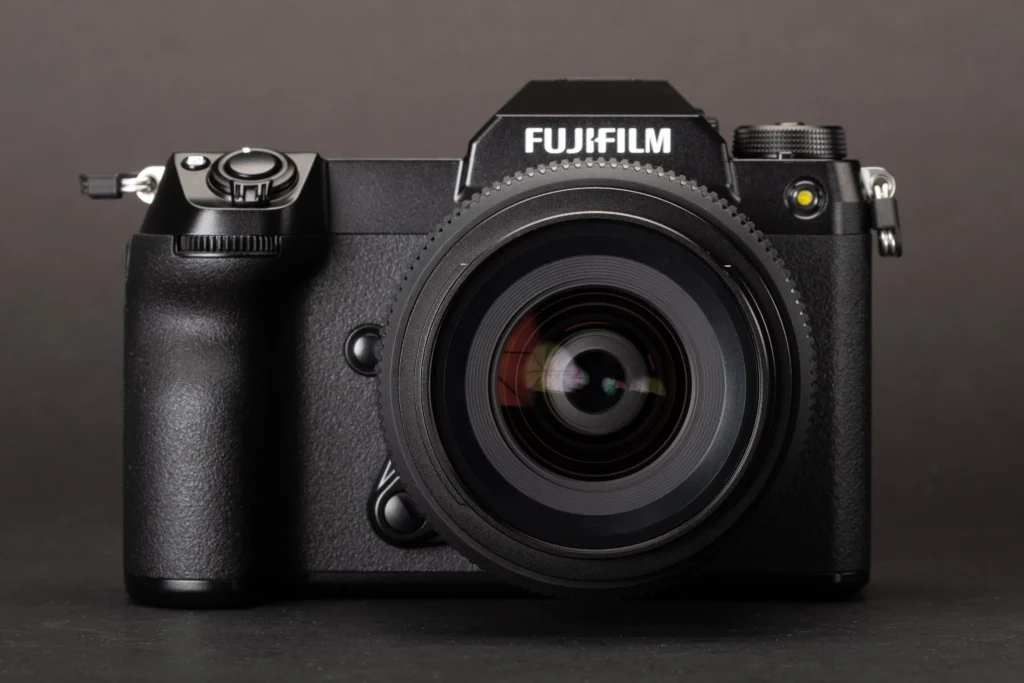
For those seeking the ultimate in image quality, the Fujifilm GFX 50S II is a medium format camera that delivers breathtaking detail and color rendition. With its 51.4-megapixel sensor, the GFX 50S II captures landscapes with unparalleled clarity and depth. The camera’s compact and lightweight design, along with its weather-sealing and intuitive controls, make it a pleasure to use in the field.
Canon 5D Mark IV
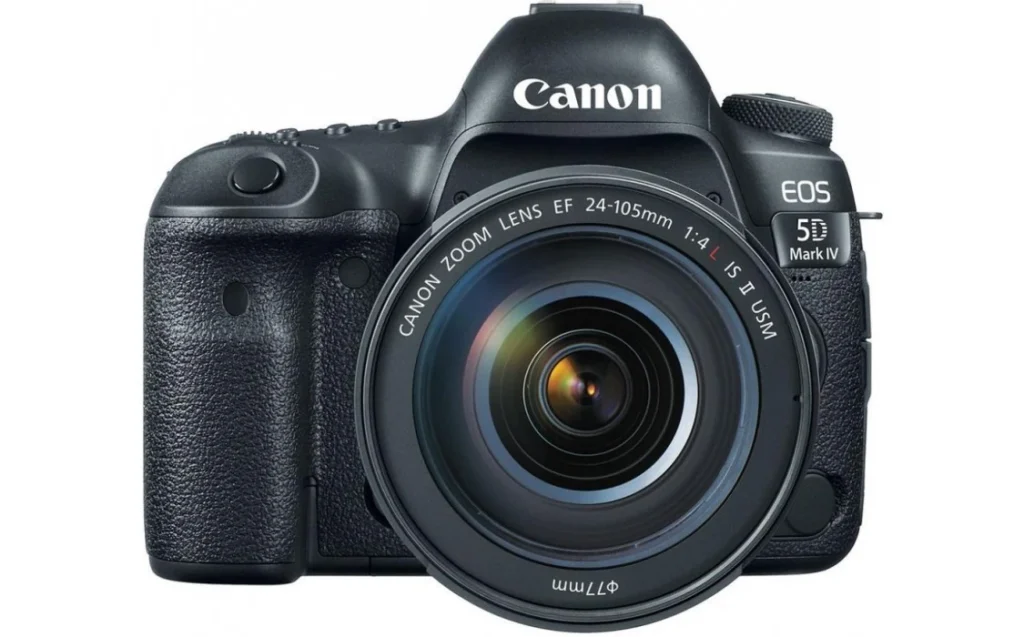
The Canon 5D Mark IV is a versatile DSLR that has been a favorite among landscape photographers for years. With its 30.4-megapixel full-frame sensor, excellent dynamic range, and weather-sealed body, the 5D Mark IV delivers outstanding image quality in a reliable package. The camera’s advanced autofocussystem, touch-sensitive LCD, and compatibility with Canon’s extensive lens lineup make it a solid choice for landscape photography.
Canon EOS 90D
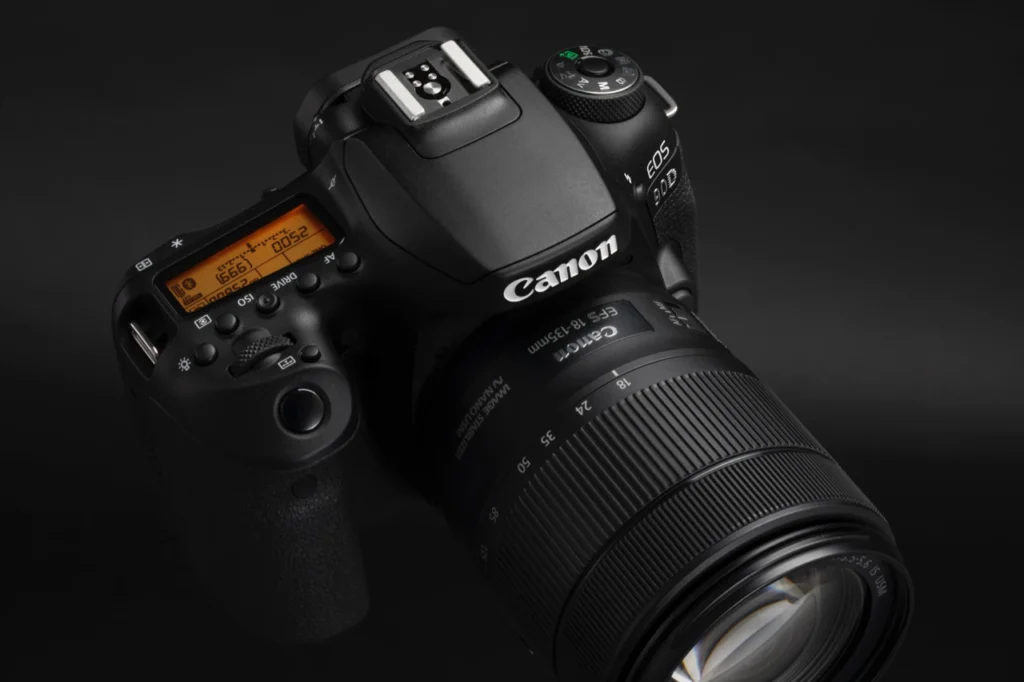
For those on a tighter budget, the Canon EOS 90D is an excellent option for landscape photography. Despite its APS-C sensor, the 90D packs an impressive 32.5 megapixels, delivering sharp and detailed images. The camera’s weather-sealed body, advanced autofocus system, and fast continuous shooting make it a capable companion for outdoor photography. The 90D also offers a vari-angle touchscreen LCD, making it easier to compose shots from various angles.
Detailed Analysis of the No. 1 Camera for Landscape Photography
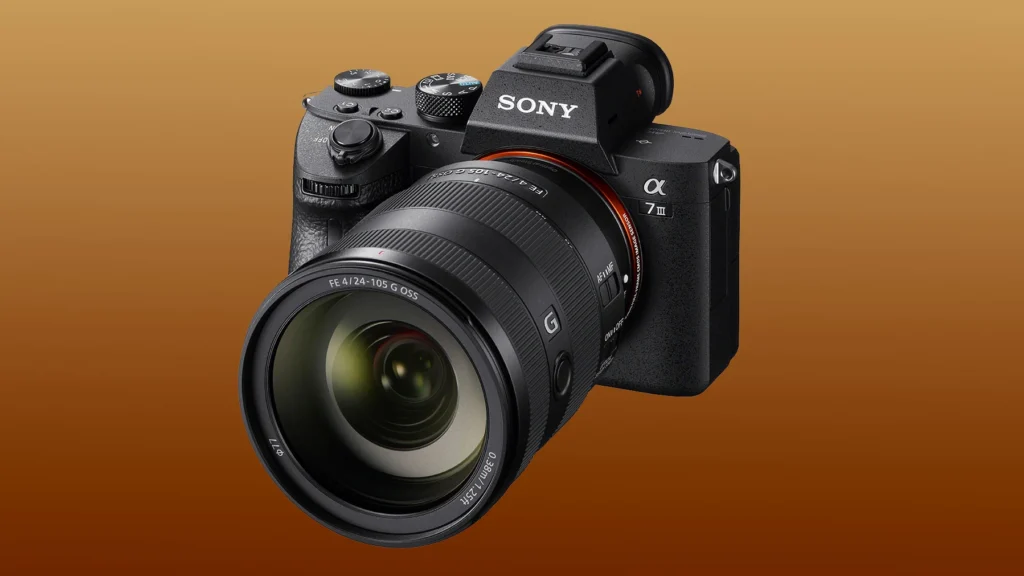
After considering various factors and evaluating the performance of numerous cameras, we’ve crowned the Sony A7R IV as the top camera for landscape photography in 2024. Let’s dive deeper into the features and benefits that make this camera stand out from the competition.
Sony A7R IV Features and Benefits
The Sony A7R IV boasts a range of features that make it an exceptional choice for landscape photography:
- 61-megapixel full-frame sensor: The A7R IV’s high-resolution sensor captures an incredible amount of detail, allowing you to create large prints or crop images without compromising quality.
- Excellent dynamic range: With its wide dynamic range, the A7R IV captures both highlight and shadow details in high-contrast scenes, ensuring that your landscape shots maintain a natural appearance.
- Advanced autofocus system: The camera’s fast and accurate autofocus system, with 567 phase-detection AF points, ensures that your shots are sharp and in focus, even in challenging lighting conditions.
- 5-axis in-body image stabilization: The built-in image stabilization system helps to minimize camera shake, allowing you to capture sharp images at slower shutter speeds or when shooting handheld.
- Weather-sealing: The A7R IV’s robust weather-sealing protects the camera from dust, moisture, and other environmental factors, making it suitable for shooting in various conditions.
- High-resolution EVF and tilting LCD: The camera’s high-resolution electronic viewfinder and tilting LCD screen provide a clear and accurate preview of your shots, making it easier to compose and adjust settings on the fly.
Comparison with Other Top Cameras
While the Sony A7R IV stands out as our top pick, it’s essential to consider how it compares to other high-performing cameras in the landscape photography category. Here’s a quick comparison with some of its closest competitors:
| Camera | Megapixels | Dynamic Range | Autofocus Points | Weather-Sealing |
|---|---|---|---|---|
| Sony A7R IV | 61 | Excellent | 567 | Yes |
| Nikon Z7 II | 45.7 | Excellent | 493 | Yes |
| Canon EOS R5 | 45 | Very Good | 1,053 | Yes |
| Fujifilm GFX 50S II | 51.4 | Excellent | 425 | Yes |
As you can see, while other cameras offer competitive features, the Sony A7R IV’s combination of high resolution, excellent dynamic range, and advanced autofocus system sets it apart as the top choice for landscape photography.
Best Camera Settings for Landscape Photography
To make the most of your camera’s capabilities and capture stunning landscape shots, it’s crucial to understand and adjust the key camera settings. Here are some recommended settings for landscape photography:
Manual Mode
Shooting in manual mode gives you full control over your camera’s settings, allowing you to fine-tune your exposure and achieve the desired effect. When shooting landscapes, manual mode enables you to balance shutter speed, aperture, and ISO to create sharp, well-exposed images.
Aperture Setting
For landscape photography, a smaller aperture (higher f-number) is generally recommended to achieve a wide depth of field. This ensures that both foreground and background elements remain sharp and in focus. Start with an aperture around f/11 and adjust as needed based on the scene and desired effect.
ISO Levels
To maintain the highest image quality and minimize noise, it’s best to keep your ISO as low as possible when shooting landscapes. Start with the base ISO of your camera (typically ISO 100) and only increase it if necessary to maintain a suitable shutter speed. Using a tripod can help you keep the ISO low while using slower shutter speeds.
White Balance
The white balance setting helps ensure that the colors in your landscape photos appear natural and accurate. When shooting outdoors, you can set your white balance to “Daylight” or “Cloudy” to match the lighting conditions. Alternatively, you can use a custom white balance setting or shoot in RAW format, which allows for greater flexibility in post-processing.
Image Format
To maximize the editing potential of your landscape photos, it’s recommended to shoot in RAW format. RAW files contain more data and allow for greater flexibility in adjusting exposure, white balance, and other settings in post-processing. However, if you prefer to shoot in JPEG format, be sure to select the highest quality setting available on your camera.
Conclusion
Choosing the best camera for landscape photography is a crucial decision that can greatly impact the quality and creativity of your images. By considering factors such as resolution, dynamic range, autofocus performance, and weather-sealing, you can select a camera that meets your needs and helps you capture stunning landscape shots.
Our top pick for the best camera for landscape photography in 2024 is the Sony A7R IV, which offers an exceptional combination of high resolution, excellent dynamic range, advanced autofocus, and robust build quality. However, other cameras like the Nikon Z7 II, Canon EOS R5, and Fujifilm GFX 50S II also offer compelling features for landscape photographers.
In addition to selecting the right camera, understanding and mastering key camera settings such as manual mode, aperture, ISO, white balance, and image format can help you take your landscape photography to the next level. By combining the right equipment with technical knowledge and creative vision, you’ll be well on your way to capturing breathtaking landscapes that showcase the beauty of the natural world.
So, whether you’re a beginner looking to invest in your first landscape photography camera or an experienced photographer seeking an upgrade, consider the cameras and settings discussed in this guide. With the right tools and techniques, you’ll be able to create stunning landscape photographs that you’ll be proud to share with the world.

